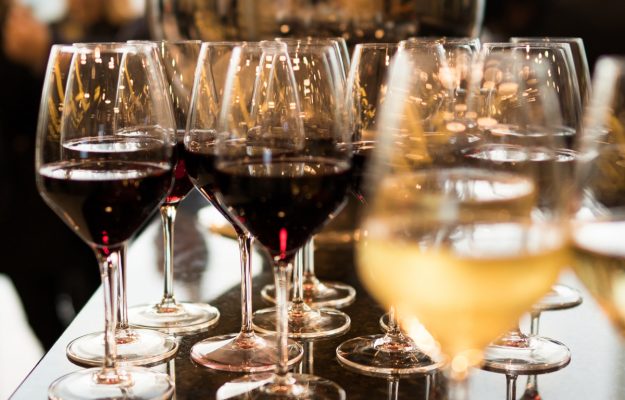In the first half of 2022, the alcohol business turnover grew, reaching its all-time high, well beyond the pre-Covid level. Consumption, in quantity, though, is waning. This is explained through the combination of the post-Pandemic recovery, which has seen the sector benefit from a sort of "revenge spending", and above all, price increases. These are the results of the IWSR - International Wine & Spirits Research study, based on data from 20 key markets that represent 75% of the world consumption of alcoholic beverages. As usual, "premiumization" is driving the trend, as volumes in this price range have grown +7% in the first 6 months of 2022, compared to the same period in 2019.
Looking at wine in detail, sparkling wines are driving growth, and premium bubbles have grown +8% over the six-month period (compared to 2021), while only +1% for still wines. Champagne and Prosecco are the driving forces behind the growth phenomenon on many markets, such as the USA, France, Japan and Italy, but also on markets like India, Mexico and Spain, and many others. While we are waiting for the end of 2022, which should be generally positive for the sector, on the global level, the first signs of difficulties are already weighing on the end of the year period. These difficulties will need to be addressed in 2023, even though situations are not the same the world over. The continuous increase in the cost of living has put a big damper on consumer confidence, especially in Europe, and notably in the United Kingdom. There is a more positive sentiment in the USA, but caution is being preached, especially among the lower-middle income brackets. More optimism comes from the Asia-Pacific area, where consumers in India and China are much more positive about life and finances (a picture that came out in October, and should be reconsidered in light of the new anti-Covid restrictive measures in China, where entire cities are in lockdown, ed.).
Apparently, there is a move towards lesser consumption of wine and beer on many markets, in favor of whisky, tequila, gin and cognac. In addition to this phenomenon, which is seen, above all, in the lower income brackets, another trend has been reducing quantity to maintain the quality of what you drink. This trend is also pushing towards moderation in consumption, driven by health aspects (growing interest in drinks and wines that have a low alcohol content, or for non-alcoholic variants, especially for beer, is confirmed, chiefly among young people), and more economic choices. The on-trade channel, one of the various consumption channels, is growing more than off-trade, but recovery of eating out will probably slow down, due to the economic context. According to IWSR, the cost of living increase will push consumers more and more towards consumption at home. The HORECA sector will have to focus on offering experiences to be able to compete. Online sales of alcohol will continue to grow, although at a more moderate pace, following the boost it got because restaurants, etc., were forced to close during the Pandemic (estimated growth in value +34%, until 2026, on key markets).
Copyright © 2000/2025
Contatti: info@winenews.it
Seguici anche su Twitter: @WineNewsIt
Seguici anche su Facebook: @winenewsit
Questo articolo è tratto dall'archivio di WineNews - Tutti i diritti riservati - Copyright © 2000/2025









































































































































































































